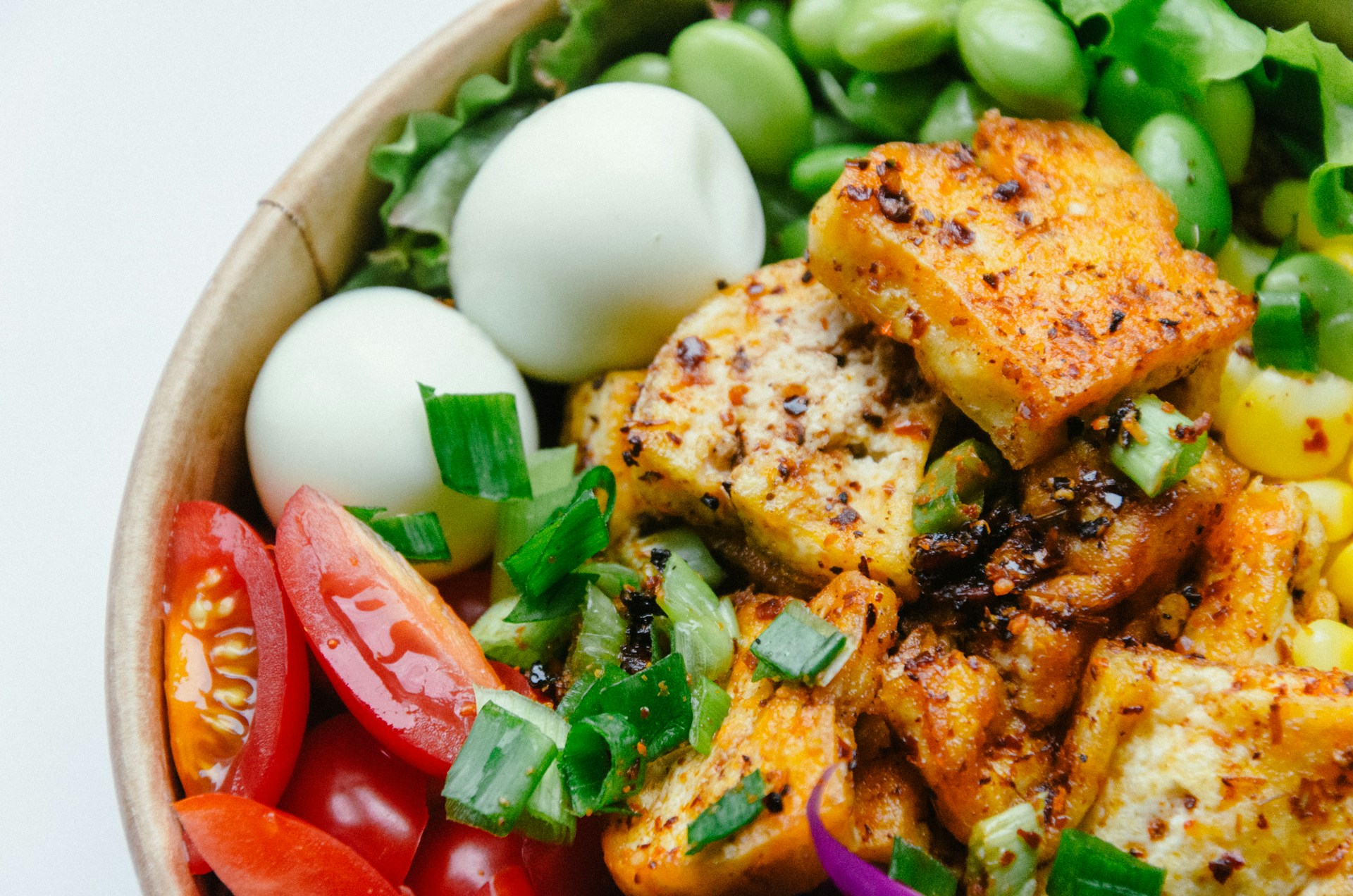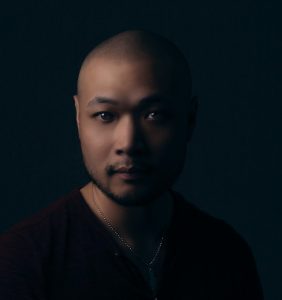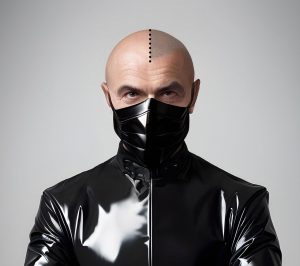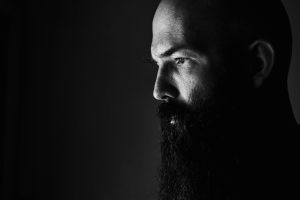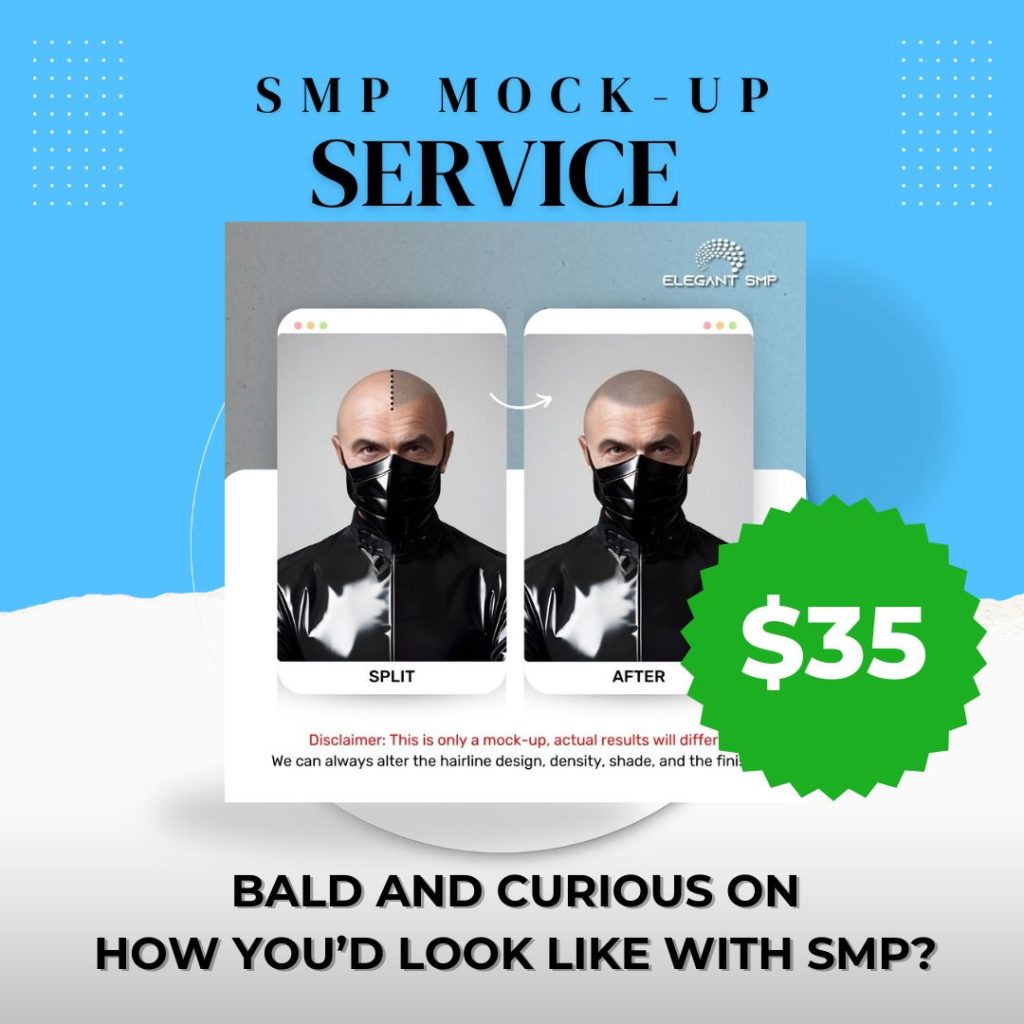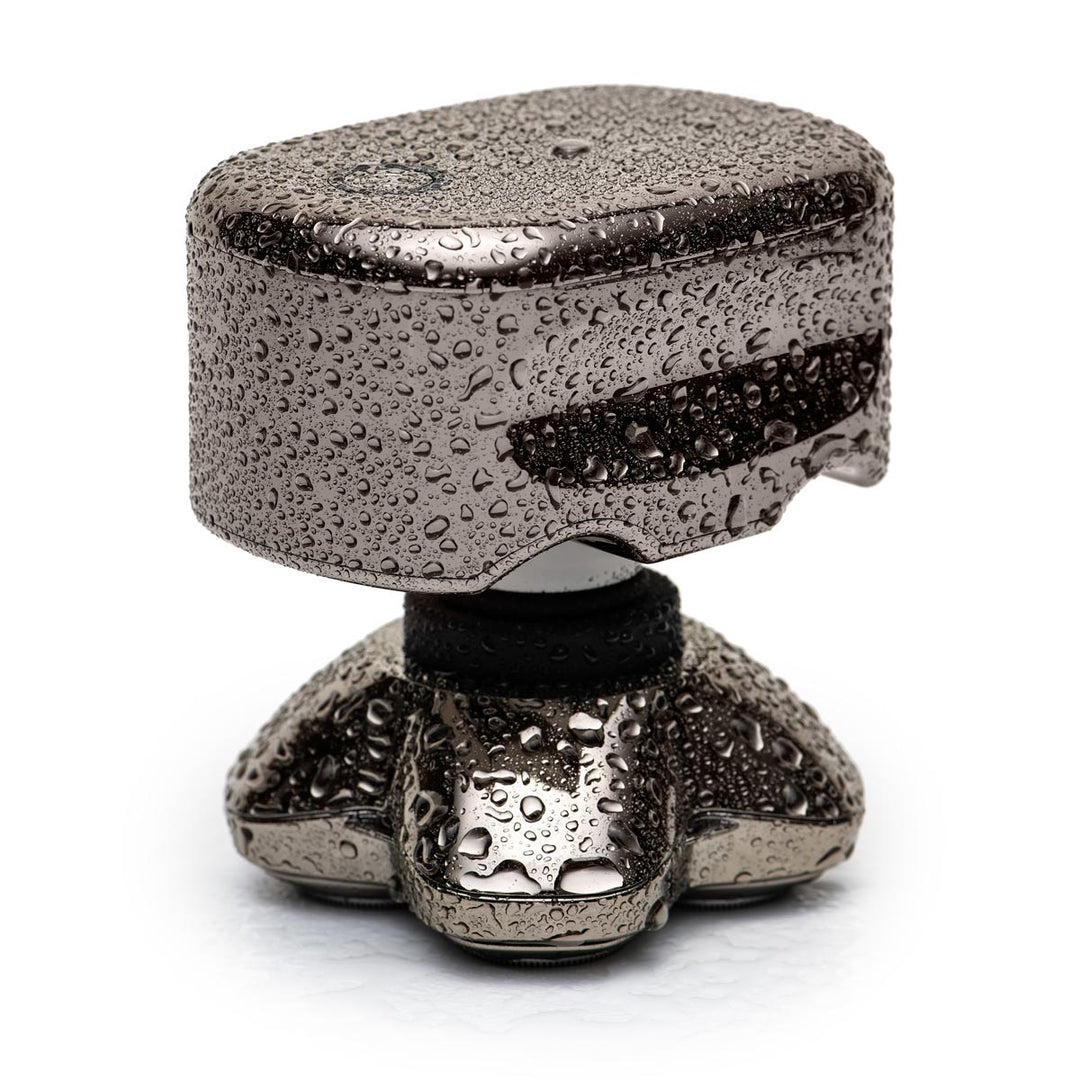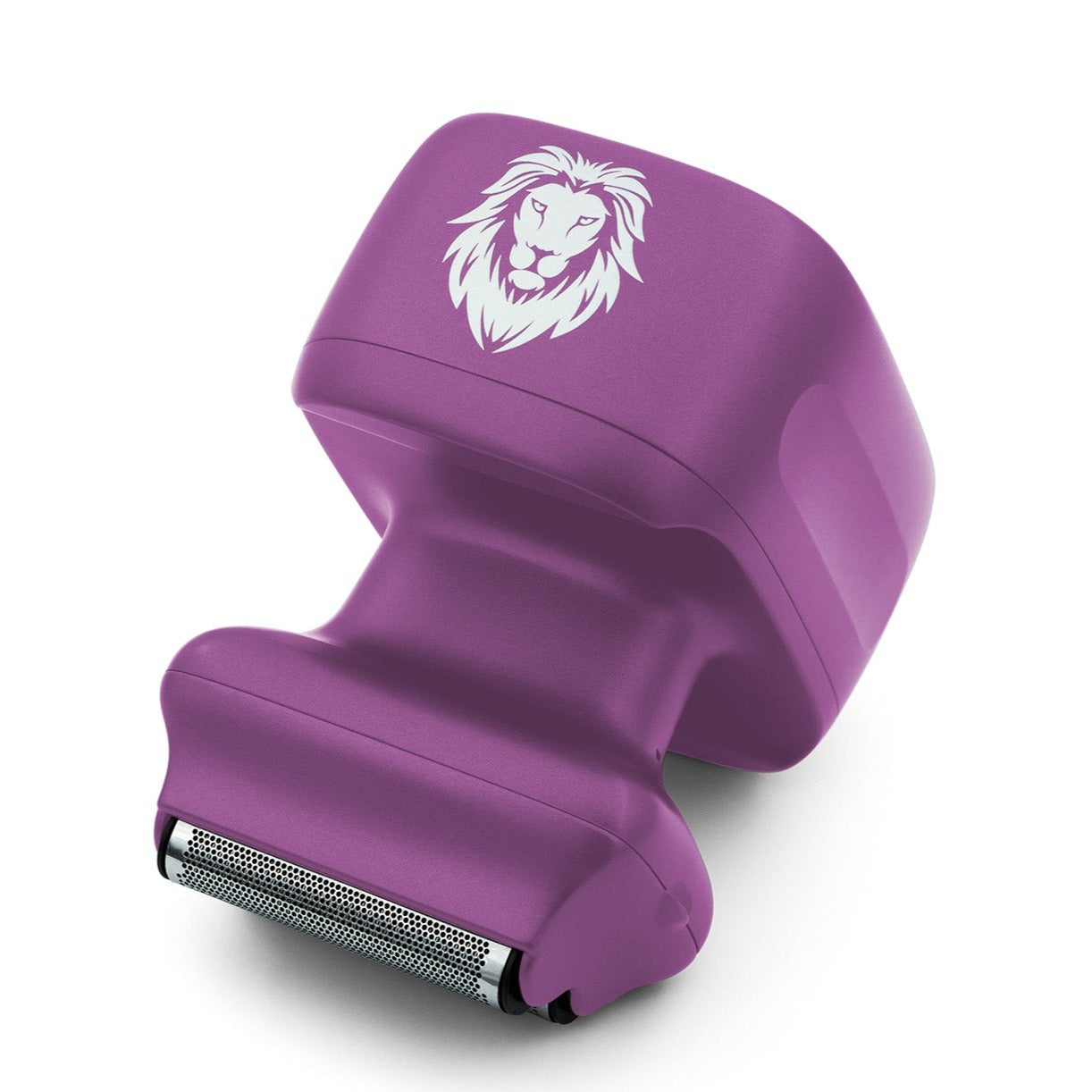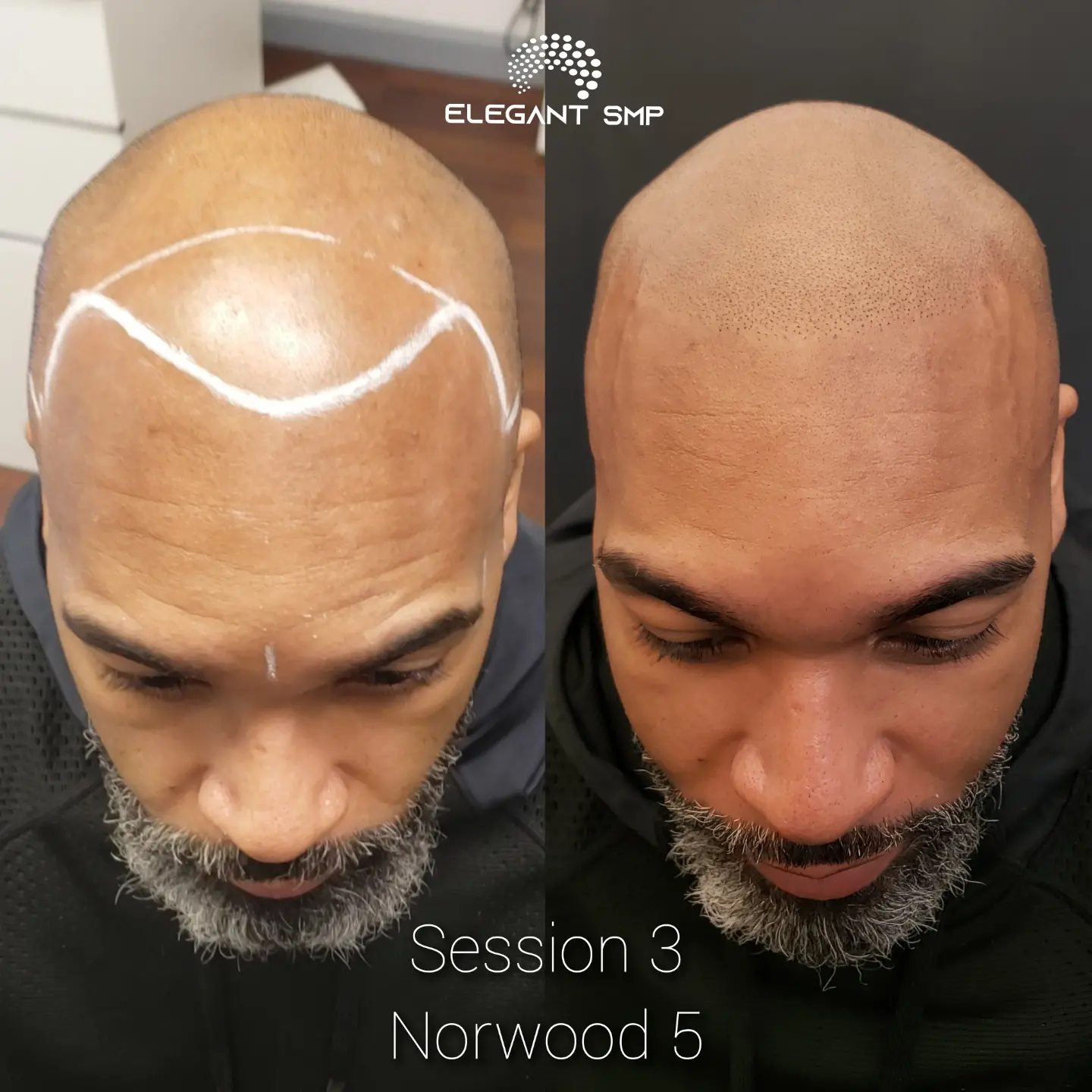Table of Contents
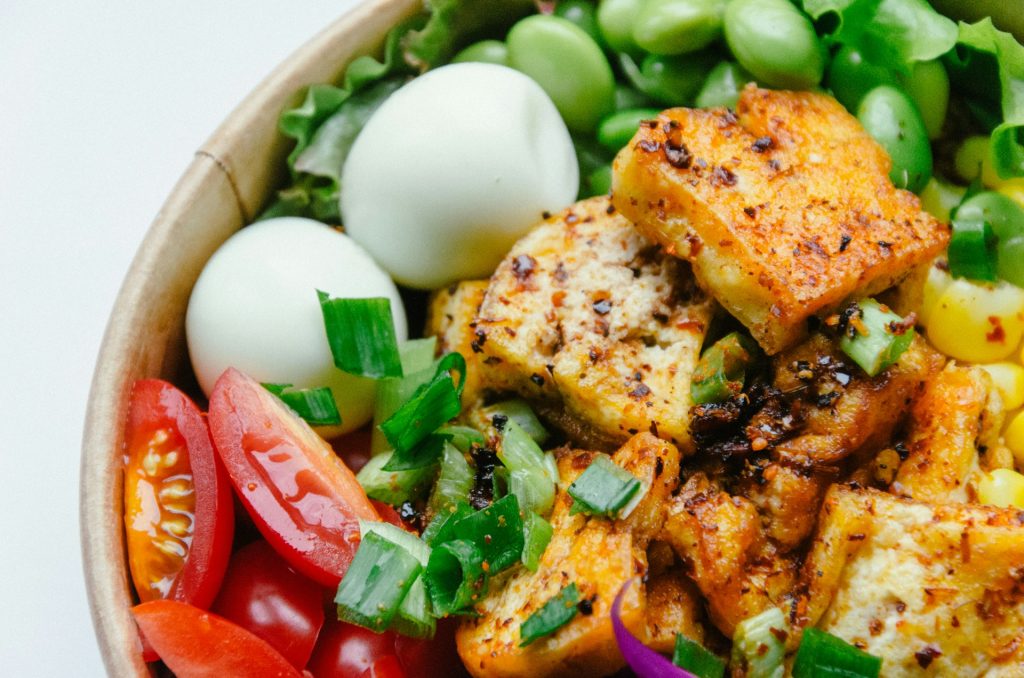
The Role of Nutrition in Hair Growth
Before diving into the particular foods, let’s understand how nutrition impacts hair growth. Your hair health and growth depend on several factors including:
- Age
- Overall health
- Genetics
- Diet
Vitamins and minerals from food play a crucial role in the hair follicle growth cycle and cellular turnover. A diet lacking in essential nutrients can lead to hair loss, primarily due to deficiencies in:
- Vitamins B12
- Vitamin D
- Biotin
- Riboflavin
- Iron
Below is a table summarizing key nutrients and their role in hair growth:
| Nutrient | Role in Hair Growth |
|---|---|
| Protein | Supports structure and strength |
| Biotin | Essential for keratin production |
| Iron | Vital for oxygen transport |
| Zinc | Necessary for repair and growth |
| Omega-3 | Promotes scalp health |
| Vitamin A | Regulates sebum production |
| Vitamin C | Enhances iron absorption |
| Vitamin E | Prevents oxidative stress |
Top 13 Foods for Hair Growth
1. Eggs
Why Eggs?
- Eggs are an outstanding source of protein and biotin, both crucial for hair growth. Hair follicles are predominantly composed of protein, so consuming enough of it is essential. Biotin helps produce keratin, a hair protein.
Ways to Include Eggs:
- Boiled eggs for breakfast
- Egg salads or sandwiches
- Scrambled eggs with vegetables
2. Berries
Why Berries?
- Rich in antioxidants like vitamin C, berries safeguard the hair follicles from damage. Vitamin C also aids in collagen production, strengthening hair structure. Moreover, it helps the body absorb iron, preventing deficiencies that can result in hair loss.
Types of Berries to Include:
- Strawberries
- Blueberries
- Raspberries
3. Spinach
Why Spinach?
- Spinach is loaded with essential nutrients like vitamins A and C, iron, and folate. Vitamin A helps glands in the scalp produce sebum, which moisturizes the scalp. However, excessive vitamin A can lead to hair loss.
Spinach Preparation Tips:
- Spinach salads
- Spinach smoothies
- Cooked spinach dishes
4. Fatty Fish
Why Fatty Fish?
- Fatty fish like salmon provide omega-3 fatty acids, promoting hair density and growth. They also contain protein, selenium, vitamin D3, and B vitamins—essential nutrients for strong and healthy hair.
Types of Fatty Fish to Include:
- Salmon
- Mackerel
- Sardines
5. Sweet Potatoes
Why Sweet Potatoes?
- Sweet potatoes are a great source of beta-carotene, which converts into vitamin A. This nutrient is essential for hair health but should be consumed in moderation to avoid adverse effects.
Ways to Prepare Sweet Potatoes:
- Baked sweet potatoes
- Sweet potato fries
- Sweet potato mash
6. Avocados
Why Avocados?
- Avocados are rich in healthy fats and vitamin E. Vitamin E acts as an antioxidant to prevent oxidative stress on the scalp, promoting a healthy hair environment.
Ways to Include Avocados:
- Avocado toast
- Guacamole
- Avocado smoothies
7. Nuts
Why Nuts?
- Nuts are packed with vitamin E, B vitamins, zinc, and healthy fats. These nutrients are essential for hair growth and also offer broader health benefits like reduced inflammation and a lower risk of heart disease.
Types of Nuts to Include:
- Almonds
- Walnuts
- Cashews
8. Seeds
Why Seeds?
- Seeds are abundant in nutrients like vitamin E, zinc, selenium, and omega-3 fatty acids. Including a variety of seeds can ensure a comprehensive intake of hair-healthy nutrients.
Popular Seeds for Hair Health:
- Chia seeds
- Flaxseeds
- Sunflower seeds
9. Sweet Peppers
Why Sweet Peppers?
- Rich in vitamins C and A, sweet peppers aid in collagen production and sebum regulation, contributing to hair strength and health.
Ways to Use Sweet Peppers:
- In salads
- Stir-fries
- Grilled vegetables
10. Oysters
Why Oysters?
- Oysters are an exceptional source of zinc, vital for hair growth and repair. However, obtaining zinc from whole foods is preferable to avoid toxicity from excessive intake.
How to Eat Oysters:
- Fresh oysters
- Grilled oysters
- Oyster stews
11. Beans
Why Beans?
- Beans offer plant-based protein, zinc, iron, biotin, and folate. They are versatile and affordable, making it easy to incorporate them into various meals.
Types of Beans to Include:
- Black beans
- Lentils
- Chickpeas
12. Soybeans
Why Soybeans?
- Soybeans contain compounds like spermidine, which may have potential hair growth benefits. Although research is still emerging, soybeans are a nutritious addition to your diet.
Ways to Include Soybeans:
- Edamame
- Tofu
- Soy milk
13. Meat
Why Meat?
- Meat provides protein and iron, essential for hair growth and repair. Red meat, in particular, contains easily absorbable iron, which is crucial for oxygen transport to hair follicles. However, moderation is key due to health risks associated with high red meat consumption.
Types of Meat to Include:
- Chicken
- Beef
- Pork
Frequently Asked Questions
What food is best for hair growth?
A balanced diet rich in protein, vitamins (B12, D, A), minerals (iron, zinc), and antioxidants (vitamin C, E) supports optimal hair growth. Including a mix of the foods discussed—eggs, berries, fatty fish, sweet potatoes, nuts, seeds, and more—ensures you get essential nutrients for healthy hair.
How does diet affect hair health?
Diet plays a significant role in hair health by providing crucial nutrients for hair growth and maintenance. Deficiencies in vital vitamins and minerals can lead to hair loss or brittle hair. Consuming a well-rounded diet with adequate protein, vitamins, and minerals supports strong, vibrant hair.
Can supplements improve hair growth?
Supplements like biotin are often marketed for hair growth, but efficacy varies, and excessive intake can have adverse effects. It’s best to obtain nutrients from whole foods to ensure a balanced intake and minimize toxicity risk. Consulting a healthcare professional before starting any supplement regimen is advisable.
Consider Scalp Micropigmentation
While a nutritious diet can significantly impact your hair health and growth, some individuals may experience hair loss that’s too advanced for dietary changes to reverse. If you’re struggling with noticeable hair loss and want to enhance your appearance, consider scalp micropigmentation (SMP).
SMP is a non-invasive procedure that involves tattooing tiny dots on the scalp to mimic the appearance of hair follicles. It can create the illusion of a fuller head of hair, a defined hairline, or even conceal scars. At Elegant SMP in Buffalo, NY, we utilize the latest techniques and equipment to provide natural-looking results. Our lead practitioner, Tommy T., is skilled in the faded hairline technique, which offers a subtle and realistic hairline for both men and women.
If you feel empowered and confident with a completely bald look, that’s fantastic! Embrace it fully. However, if you desire a framed face and a boost in confidence, SMP could be the perfect solution.
Conclusion
A balanced diet incorporating these 13 nutrient-rich foods can play a pivotal role in promoting healthy hair growth. However, for those who face significant hair loss, scalp micropigmentation offers a viable and effective alternative. Whether you choose to embrace your bald look or enhance your appearance with SMP, remember that confidence comes from within. Choose what makes you feel your best.
For personalized advice and scalp micropigmentation consultations, contact Elegant SMP today—where we transform lives one hairline at a time.

